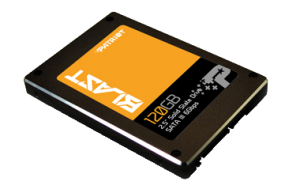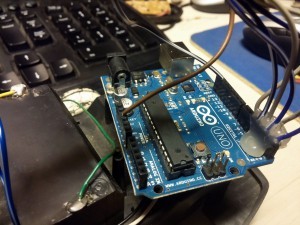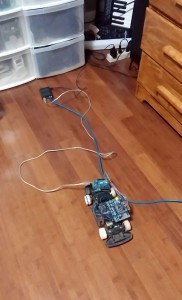Problems Connecting to WireGuard VPN using Ubuntu 24 Client
I… can’t believe I have to write this post. In fact, I also can’t believe it took me to so long to get working. Generally, I wouldn’t consider myself stupid but today I have to wonder.
WireGuard is one of many protocols for VPN tunnels, and I’ve been using it for the past few years. That’s not to say it is the first VPN server I’ve worked with, oh no – there is a list:
- PPTP/MS CHAP on DD-WRT (ew)
- L2TP/IPsec with SoftEther/pfSense
- SSLVPN with WatchGuard
- OpenVPN with SoftEther/pfSense/OPNsense
- WireGuard with OPNsense
While not a VPN newb, the experience using WireGuard seems variable on different platforms. The Windows WireGuard client is excellent. The Android client is even better, with the QR code automatic configuration.
So why am I having problems now? Well, recently I decided that fighting M$ is no longer worth it. After many failed attempts over the years, I’ve finally converted all my servers and daily-driver PCs to run some variant of Linux (👏 slow clap).
With Ubuntu on my PC, I got to work configuring the system the way I need – which includes setting up my WireGuard VPN connection. This is where the rabbit hole began, and is why this write-up exists.
Once it was configured and added, toggling on the VPN connection seemed to work, but no traffic flowed. Also, the server did not show the connection. Why are things always harder on Linux.
The Problem
Let’s not beat around the bush, the VPN configuration section under GNOME Settings has some flaws and bugs.
- If you switch windows from the Peer settings modal, for example to copy the Public Key from your browser, the modal goes away and doesn’t save what you just entered.
- If you change the MTU or fwmark back to 0, GNOME Settings just crashes.
Working around the annoying copy-paste process for the Public Key, adding the WireGuard configuration wasn’t the problem. It was actually connecting afterwards.
LMGTFY
You know I searched. There are tons of guides that make it seem easy. And none of them hit the nail on the head for this issue (though that last one was where I had a eureka moment).
The logical search term “can’t connect ubuntu wireguard client” did not find the answer – so I’m writing this article hoping you searched for the same thing and it solves your problem.
TL;DR
Here is the solution that worked in my case.
› Continue readingFreeBSD / pfSense slow network with Hyper-V

For some reason, it took me way too long to find information about this issue – so I’m writing another article that will hopefully help some people.
IT Ticket # 1337
Problem Description: Network performance through pfSense is extremely slow with Hyper-V
Software Versions: pfSense 2.6.0 and Windows Server 2022 (August 2022 patches)
Steps Taken Already: Confirmed hardware TCP offload is disabled; confirmed hardware checksum disabled; confirmed MTUs were correct.
Solution: Read on for the solution (hint: it’s a known driver bug, and for now only a workaround exists)
› Continue readingReplacing the factory Audi Bose stereo with an AUX input or stereo
Missing the factory stereo in your Audi with Bose? Trying to make an aftermarket radio work with the harness? Here is a deep dive into the audio signals of Audi’s Bose sound system.
At the beginning of this year, I acquired a 2007 Audi A4 Quattro 2.0T (B7 body-type). This car was a project that took over 6 months – and I hope to document the complete rebuild in another post!
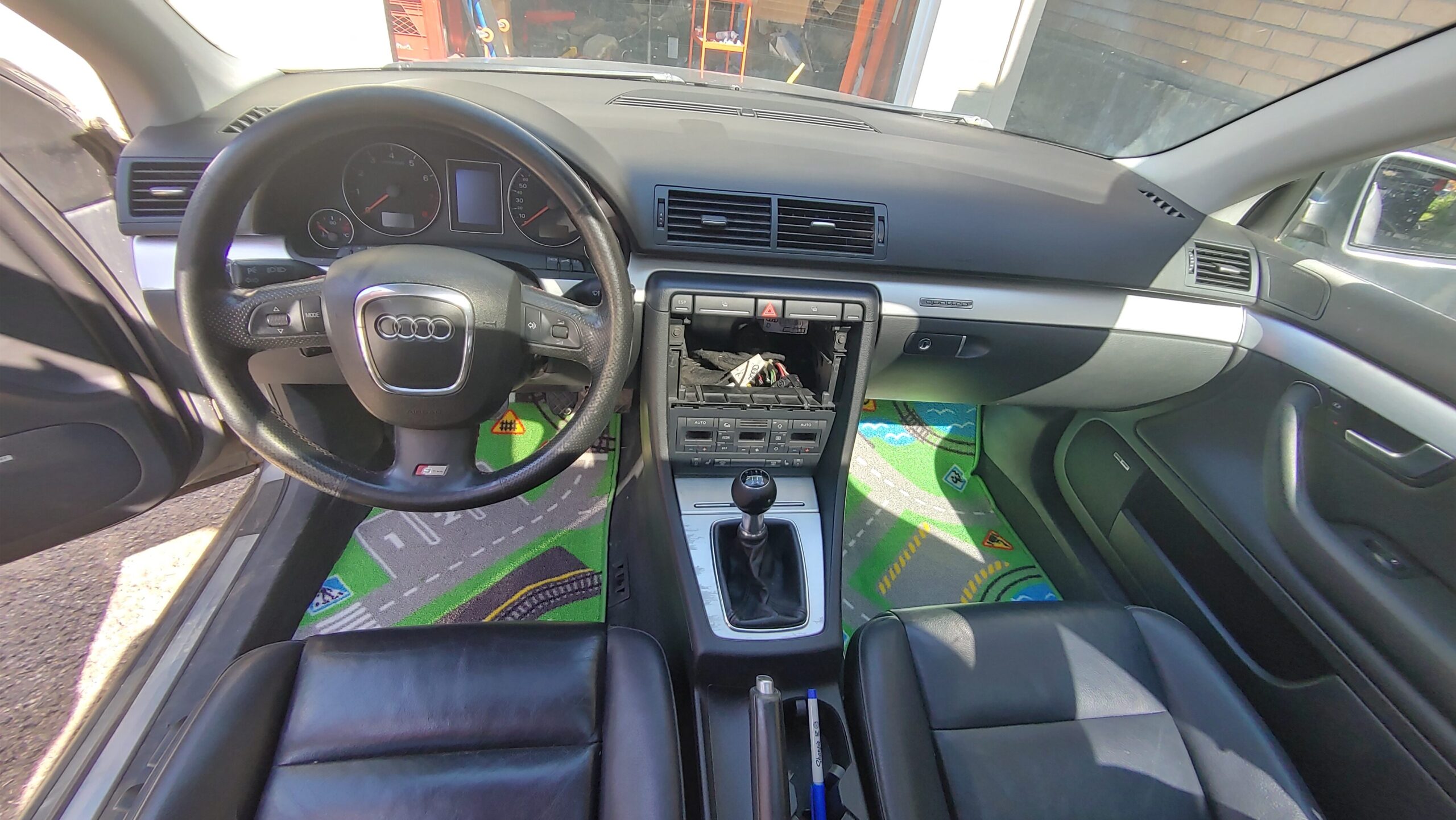
Despite the fact it didn’t run, I was actually more upset that the stereo was missing. Knowing the factory units need to be coded to the car, and that it is hard to find a solid aftermarket harness for these Bose-amplified cars, I wasn’t sure how this would be resolved…
…until today! Read on to learn how to connect an AUX cable directly to the Bose amplifier – WITHOUT modifying any of the car’s wiring!
› Continue readingPersonal Use: How do you “takeout” your Spotify data?
Like many, I’ve built dozens of playlists in Spotify and truly enjoyed how the algorithm knows me. It was almost surreal finding Discover Weekly playlists where every single song fit my musical taste du jour.
However, probably also like many, it was eventually overwhelming to hear thousands of new songs a year – to the point where I could no longer remember when I first heard or song, or whether it was a remix or the original. I was happy with the static selection in my playlists, but couldn’t justify paying $10/month for what amounts to a CDN and .m3u host…
Subscription services are often inherently designed around user retention. How do you export your Spotify data?
- You can copy-paste from the desktop client to get a list of Spotify URLs – not useful without a subscription.
- You can pay for questionable “Spotify to MP3” utilities online.
- You keep paying.
I won’t get into DMCA, DRM, fair use, or other concepts here. Instead, let’s take a look at a cool script…
How long is 4 years?
Too long to not post anything.
In as few words as possible, let us agree that people accomplish a lot in one year. Simply think back to what you did in 2021, then 2020, then 2019, then 2018… Realize that you have completed dozens of projects, started many dozens more, interacted with countless other people, learned countless new things, and aside from disorganized photos you’ve saved somewhere, a lot of this exists only in your memory.

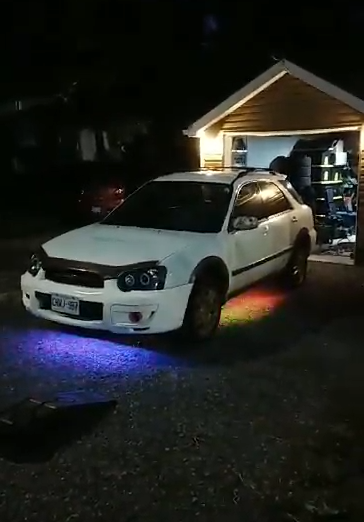
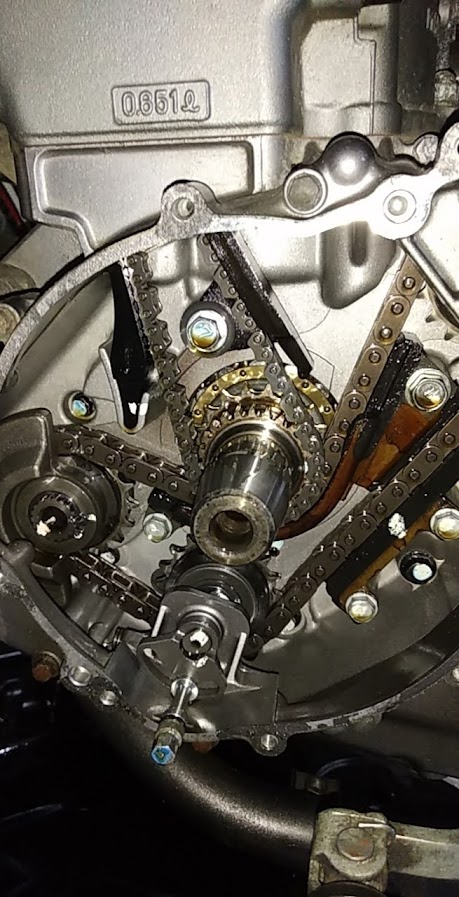
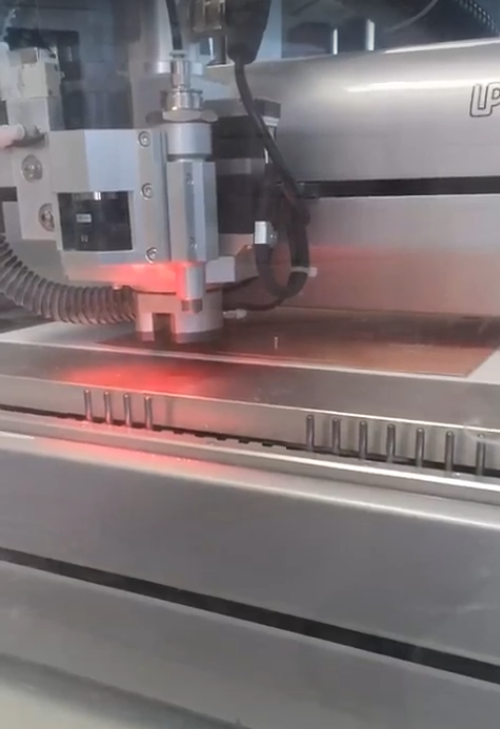
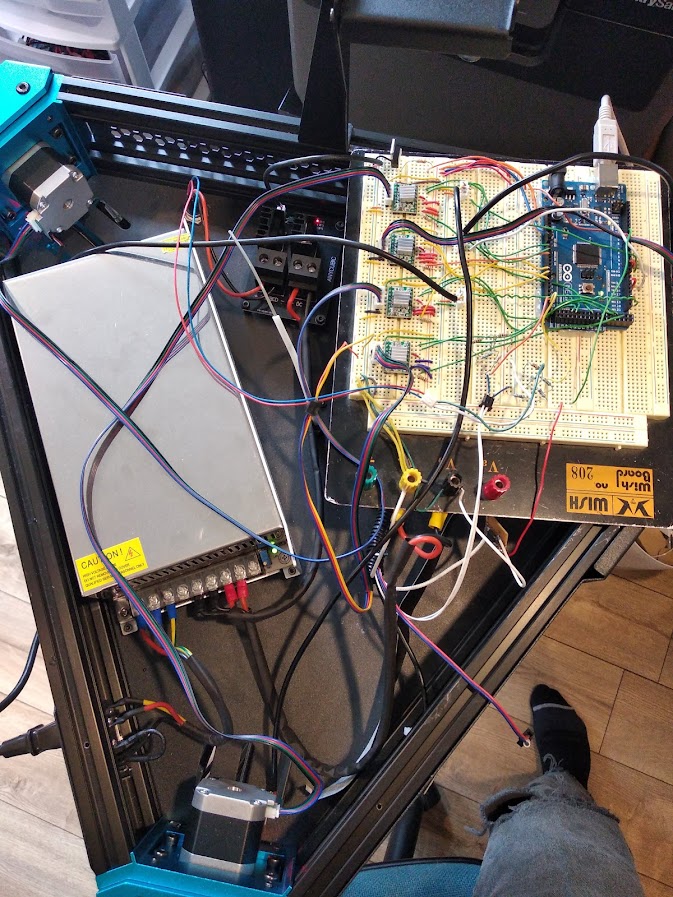
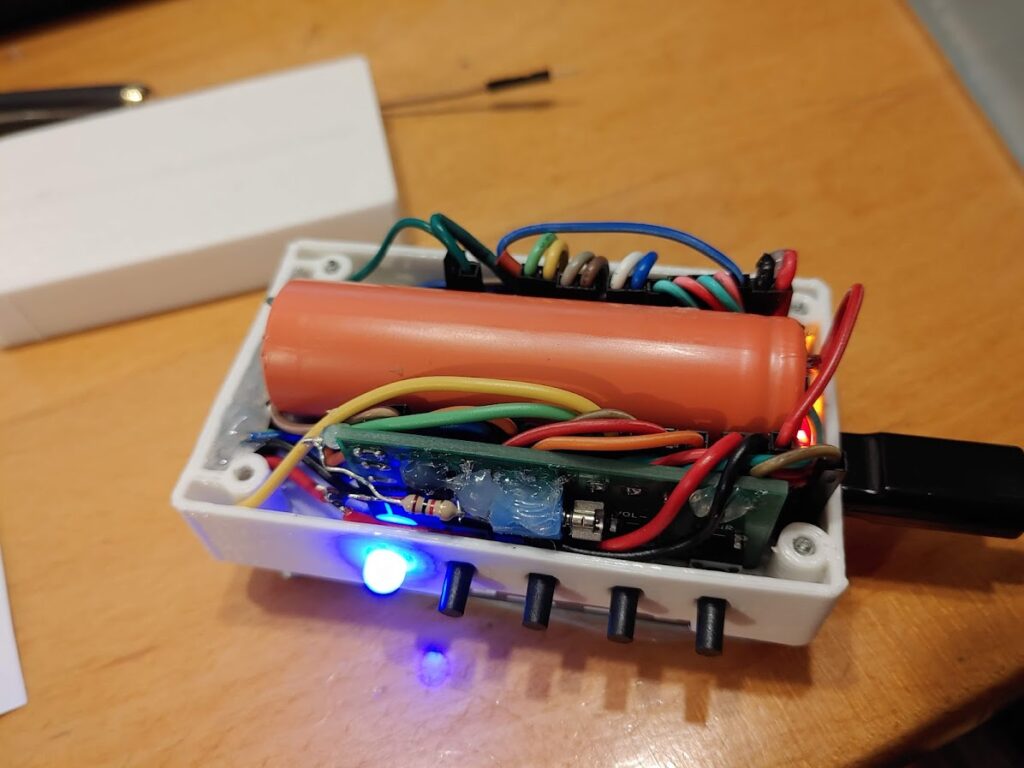

The purpose of this blog has always been to document my projects so that, when memory fails, I can remember what on Earth I’ve done over the years.
Here is a summary of the last 4.
› Continue readingTarga Bambina 2017
The Targa road rally is an exciting yearly event. It has presence in several countries, including Australia, New Zealand, Italy, and Canada. It is meant to take place on public roads, and is a great sport for spectators.
Targa Newfoundland runs the yearly event on the Island, and last year they introduced the Targa Bambina. The Bambina is a less intensive, shorter version of the full Targa. The entry fees and rules are adjusted to be more accessible, meaning you average hobbyist can get in on the excitement.
This year, I participated in the first ever Targa Newfoundland Bambina.
Cheap Solid State Drives Are, In Fact, Cheap
As of the last year or two, SSDs stopped being expensive, enthusiast-level components. The prices fell dramatically, and new players joined the game. Companies like ADATA, Patriot, and Sillicon Power undercut the prices of all major brands like Corsair, Samsung, and Intel.
How is it possible for those budget-friendly brands to sell a $70 drive that matches the speed, IOPS, and capacity of a $150 big-brand drive?
I’ve spent money on both kinds, and it seems the answer lies in changes under the hood that the average user won’t notice.
Let’s take a look at the ADATA SX900, compared with the Patriot Blast and a cameo by the ADATA SP550.
STEVE – New chassis, 3D printing, fresh electronics!
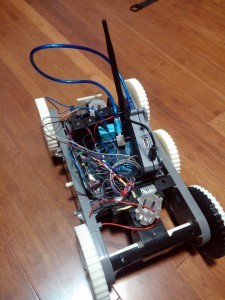 Plenty has happened since our last post, and most of it can be summarized with the following picture.
Plenty has happened since our last post, and most of it can be summarized with the following picture.
Yup, lots of wires. New body, too. With my 3D printer back in service, cases were printed for the electronics, along with new wheels all around. These new wheels add around an inch of ground clearance, and better off-road traction.
As well, the first shipment of new parts has arrived: a USB WiFi adapter, an ultrasonic range sensor, H-Bridge motor controller, 9-DOF IMU and a temperature probe.
There are a lot of really cool developments in this post; let’s dive in.
Meet STEVE
 He may not look like much right now, but STEVE is an evolving project I’ve been wanting to start for quite some time. He is a robot, into which I will combine software, hardware, and mechanical design.
He may not look like much right now, but STEVE is an evolving project I’ve been wanting to start for quite some time. He is a robot, into which I will combine software, hardware, and mechanical design.
Currently STEVE is an AVR microcontroller and LM298 dual motor driver, strapped to a circa 1985 remote control car. Over the last few days, I began laying the foundation with serial communication, motor control, and power. In the next few weeks, I should receive the first order of parts to give STEVE senses.
- Ultrasonic range sensor
- 9-Degrees-of-freedom Intertial Measurement Unit (with compass)
- DS18B20 Temperature Sensor
- USB WiFi Adapter
- LM298 Motor Driver (a better unit)
Once progress is made with these first parts, I also plan on including these additional sensors: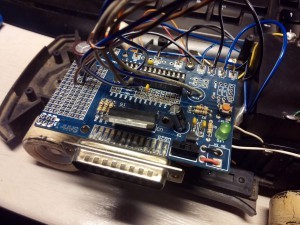
- GPS
- Servo (to pivot ultrasonic range sensor)
- Current Sensing
- Webcam
This is a great wish list, but without the software to tie it all together, not very useful. Therefore, I’m assigning my Raspberry Pi 2 B+ as STEVE’s brain. My vision is for the Pi to do all the heavy processing such as navigating, making 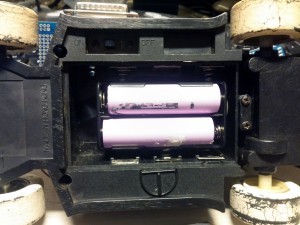 decisions, and hosting the user interface for mission planning. That way, the AVR is only a hardware controller that manages Input/Output, and communicates bi-directionally with the Pi.
decisions, and hosting the user interface for mission planning. That way, the AVR is only a hardware controller that manages Input/Output, and communicates bi-directionally with the Pi.
Over the last week the project has evolved very rapidly, and a new body is in the works. My 3D printer has some serious overtime coming up, as I begin designing and printing STEVE’s mechanical components. The ability to print new wheels, mounts, gears and body components is critical to the success of this project, and will also mean I can be very flexible with how everything is implemented.
I have a lot of freedom to do really cool things with this, and I look forward to posting regular updates on STEVE’s progress here!
Denon AVR-1801 – Blinking Red Light Repair
 The other day, my Denon AVR-1801 home theater receiver stopped working. It would power on, reach the point where it normally enabled the speaker outputs, but then it would shut off. The status LED would rapidly blink on and off.
The other day, my Denon AVR-1801 home theater receiver stopped working. It would power on, reach the point where it normally enabled the speaker outputs, but then it would shut off. The status LED would rapidly blink on and off.
The user manual suggested that the device was overheating, or that the speaker terminals were being shorted. The device was not hot, as it was just turned on. I unplugged all input and output cables, but that didn’t fix it either. Time to dig deeper.
The Problem
A quick Google search revealed the following gem. There are four “surge” resistors in line with the ±15 VDC regulators: R141, 142, 148, 149. These 1 Ohm resistors weaken over time with every power-on surge, and the resistors from the factory were not strong enough. Armed with this knowledge, I opened my receiver to test these resistors.







